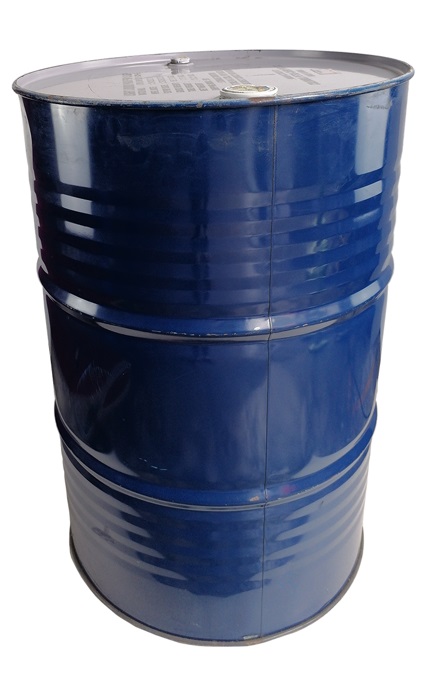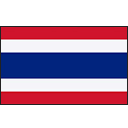ACRYSOL™ ASE-60 Thickener
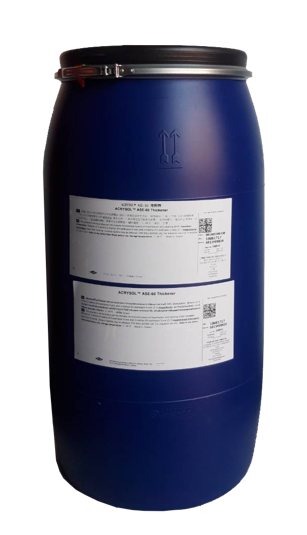
ACRYSOL™ ASE-60 Thickener
Key Features:
• Excellent sag resistance.
• Good spatter resistance.
• Excellent microbe-enzyme resistance
AMPHITOL 20N
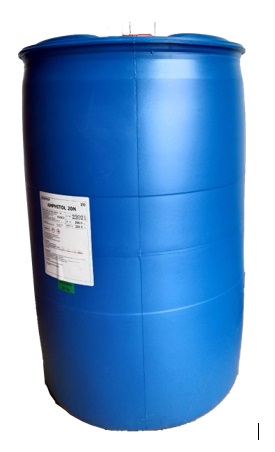
AMPHITOL 20N
lamine Oxide (Main component). It is an amphoteric surfactant. The appearance is yellow clear liquid, pH 7.5 (5% solution)
Uses and Application:
cleaning agent and others. For liquid detergents, an additive to increase foam ability high detergency and prevent skin roughness. Main application foam booster for shampoo, body/facial wash and dishwashing. For industrial use, AMPHITOL 20N is mainly used as aqueous cleaner, emulsifier, and others.
Butyl CABITOL™ Solvent
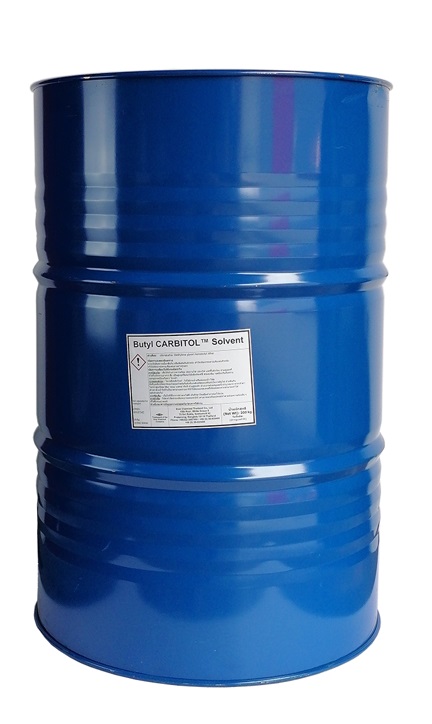
Butyl CARBITOL™
Glycol Ether
It can be used in combination with Butyl CELLOSOLVE™ glycol ether to lower the evaporation rate and increase the hydrophobicity of the solvent package. In addition, Butyl CARBITOL™ glycol ether offers 100% water solubility.
Uses:
industrial coatings.
• Coupling agent and solvent in household and
industrial cleaners, rust removers, hard surface
cleaners, and disinfectants.
• Primary solvent in solvent-based silk screen printing
inks.
• Coupling solvent for resins and dyes in water-based
printing inks.
• Solvent for ball point and felt tip pen inks, and textile
dyeing and printing.
• Deactivator, stabilizer for agricultural pesticides.
Benefits:
• Good coalescing and coupling properties
• High dilution ratio
• Low viscosity
• Good for removing soap scum and oily soils
• Excellent solvency
• Great chemical stability
• Compatible with water and a number of
organic solvents.
Butyl CARBITOL™ Solvent (ISO Tank)

Butyl CARBITOL™ Solvent
(ISO Tank)
and US EPA Inerts listed for non-food use.
Uses:
industrial coatings.
• Coupling agent and solvent in household and
industrial cleaners, rust removers, hard surface
cleaners, and disinfectants.
• Primary solvent in solvent-based silk screen printing
inks.
• Coupling solvent for resins and dyes in water-based
printing inks.
• Solvent for ball point and felt tip pen inks, and textile
dyeing and printing.
• Deactivator, stabilizer for agricultural pesticides.
Benefits:
• Good coalescing and coupling properties
• High dilution ratio
• Low viscosity
• Good for removing soap scum and oily soils
• Excellent solvency
• Great chemical stability
• Compatible with water and a number of
organic solvents.
Butyl CELLOSOLVE™ glycol ether
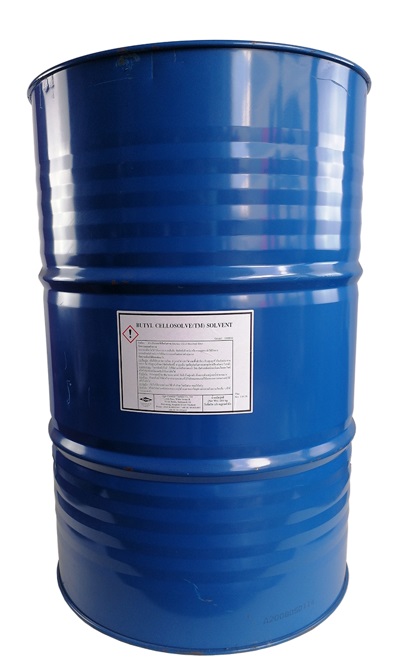
Butyl CELLOSOLVE™
Glycol Ether
Uses:
• Pesticide Production
• Other PCB Processing Aids
• Solder and Flux Removal
• Solder Resist Ink
• Hand Dishwashing
• Institutional Fabric Care
• Laundry Additives
• Bathroom Cleaners
• Glass Cleaners
• Institutional Floor Care
• Institutional Hard Surface Care
• Janitorial and Sanitation
• Kitchen and Catering
• Kitchen Cleaners
• Multipurpose Cleaners
• Toilet Cleaners
• Wipes
• Chemical Flooding
• Cementing
• Drilling
• Stimulation
• Exterior Wall - Facade Paint
• Floor Paint
• High Gloss and Trim
• Interior Wall Paint
• Primer
• Sealers
• Stain
• Wood Coatings
• Automotive Coatings
• General Industrial Finishing
• Marine Coatings
• Plastic Coatings
• Protective Coatings
• Traffic - Road Marking
• Flexographic
• Inkjet
• Rotogravure
• Boiler Systems
• Cooling Circuits
• Process Treatments
• Reverse Osmosis
CARBITOL™ Solvent
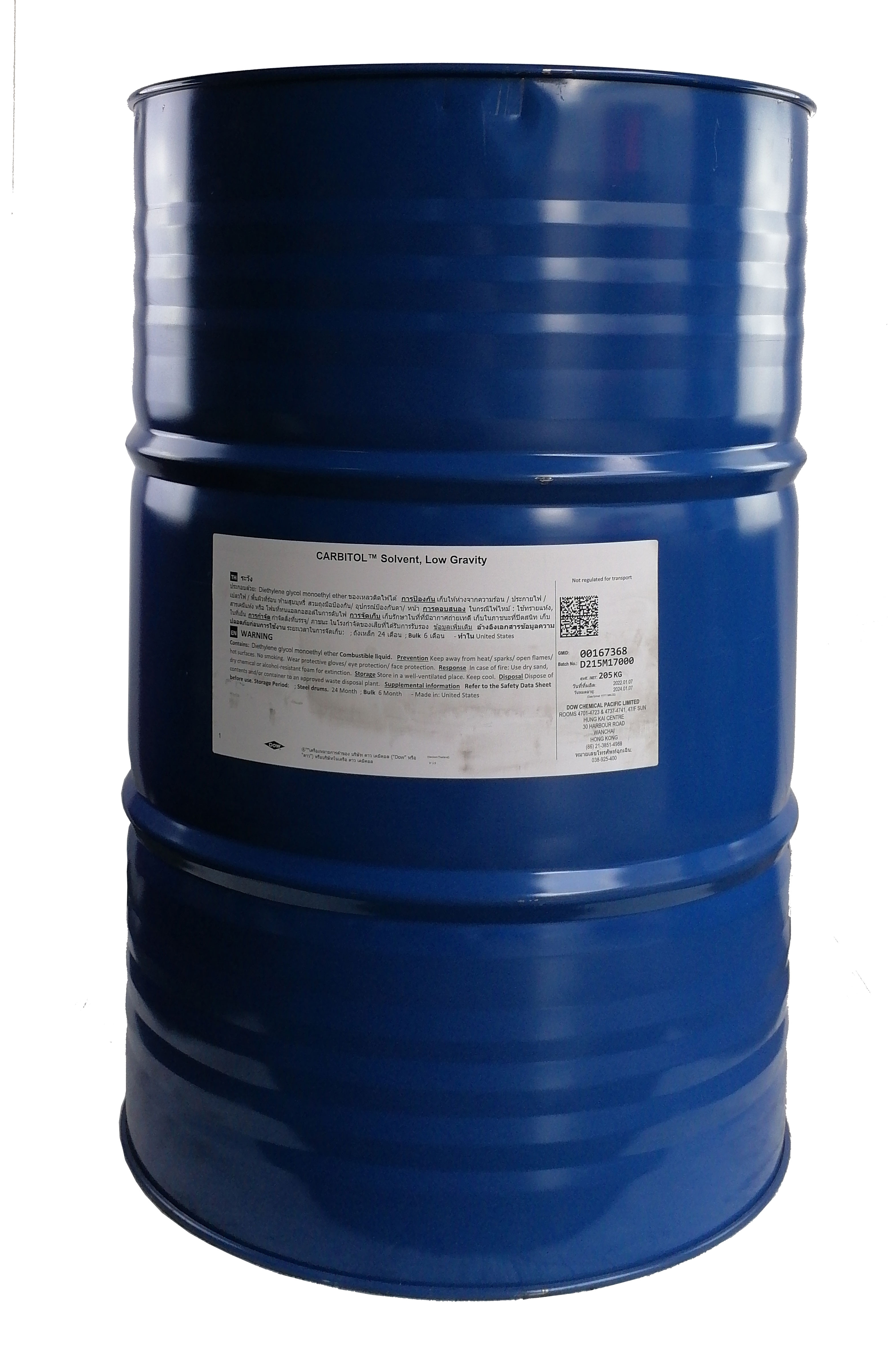
CARBITOL™ Solvent
into fibers and to promote the production of intense, bright shades; it features a high boiling point and low vapor pressure. Also an important solvent in nongrain-raising wood stains and serves as a component of industrial cleaners. Textile printing and dyeing processes utilize this product to facilitate penetration into fibers and to promote the production of intense, bright shades.
Uses:
• Textiles
Benefits:
• Great chemical stability
• Compatible with water and a number of organic
solvents
Comperlan® KD T (Cocamide DEA)
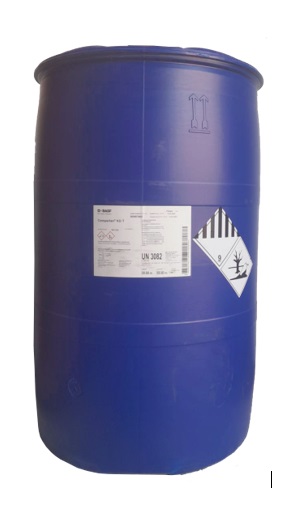
Comperlan® KD T
(Cocamide DEA)
personal care and cosmetic industries. It is derived from coconut oil and diethanolamine (DEA). The chemical name is Fatty Acid Amide with physical form of yellow transparent liquid.
• Facial Foam
• Body Wash and Shower Gel
• Liquid Soap
• Cream and Lotion
Diethanolamine (DEA)
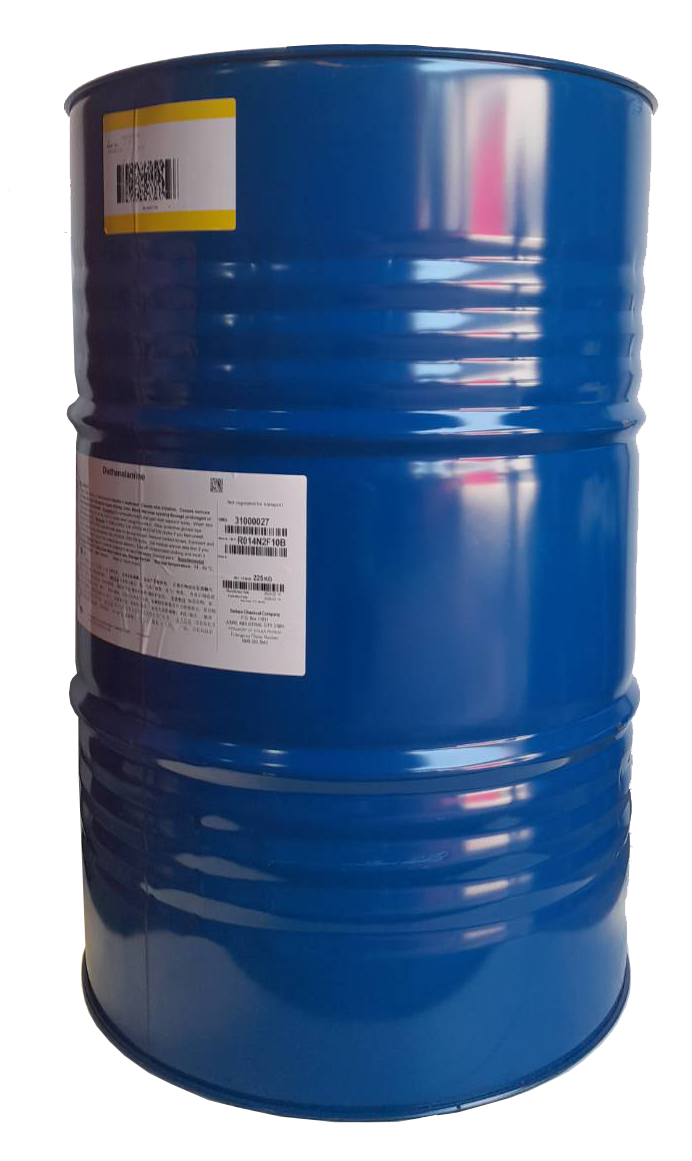
Diethanolamine (DEA)
Applications:
• Detergents
• Cleaners
• Concrete admixtures
• Urethane foam catalysts
• Pharmaceuticals
• Personal care products
• Agricultural chemicals
• Photographic emulsions
Features and Benefits:
Detergents:
• DEA is used in production of detergents. It helps increating stable foam and improving the cleaning
properties of the detergents.
which is essential to efficient cleaning.
Personal Care:
products, such as shampoo, soaps, lotions, and cosmetics
form fatty acid amides to form foam stabilizers,
emulsifiers and viscosity builders in products such as
shampoos and cosmetics.
Textile Finishing:
of durable press fabric finishes and softeners.
agents for wool and silk because of its low alkalinity.
of vat printing pastes.
Gas Sweetening:
hydrogen sulfide and carbon dioxide from natural gas
streams.
Agriculture Chemicals:
certain pesticides.
Pharmaceutical Applications:
the synthesis of certain drugs and pharmaceutical
component.
Urethane Foam Catalysts:
reaction process in the manufacture of flexible and rigid
urethane foams.
Photographic Emulsions:
Photographic emulsion are coated onto a support
material, such as a plastic film base or photographic
paper.
Concrete Admixtures:
to enhance its properties or performance.
Diisobutyl Ketone
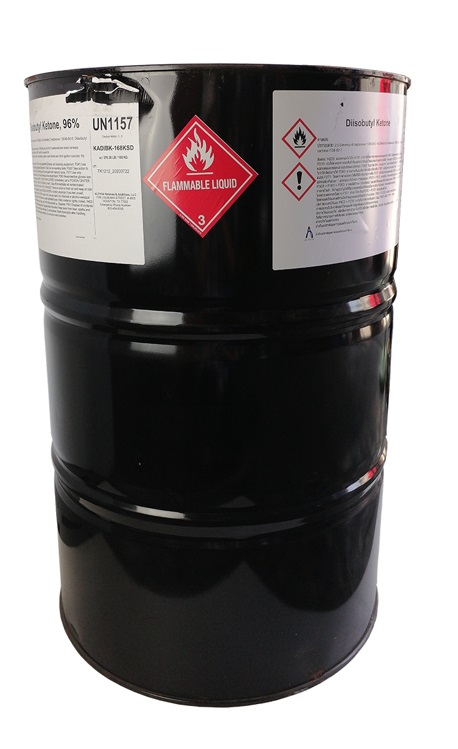
Diisobutyl Ketone
DOWANOL™ DPM Glycol Ether
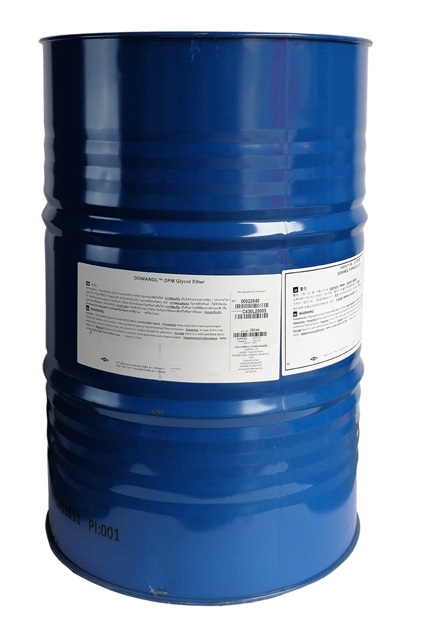
DOWANOL™ DPM
Glycol Ether
DOWANOL™ DPM Glycol Ether Mid-to slow
evaporating solvent. Has 100% water solubility and is ideally suited as a coupling agent in a wide range of solvent systems. Has a higher flash point than DOWANOL™ PM glycol ether making it easier to handle, store, and ship. Often incorporated into latex emulsion coatings; can be used to prevent shocking (coagulation of emulsion) when hydrophobic solvents are used.
More broadly, its hydrophilic nature makes it an ideal coupling aid in water reducible coatings, and cleaning applications. Used with cleaners because they offer an extensive combination of basic physical and performance properties for cleaning formulations. The intermediate evaporation rate allow it to be used in a potentially wider range of systems than many other solvents.
Uses:
• Resins
• Coating formulation and application
• Industrial, automotive and architectural coatings
Benefits:
• Wide range of applications
• Extensive combination of physical and
performance properties
DOWANOL™ PM Glycol Ether
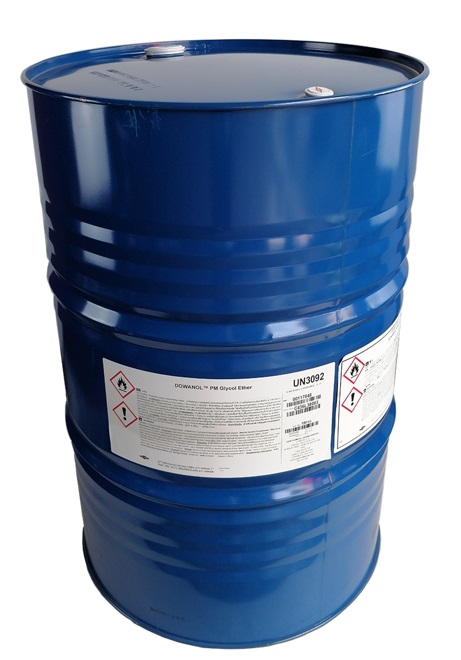
DOWANOL™ PM
Glycol Ether
Uses:
• Resins
• Coating formulation and application
• Industrial, automotive and architectural coatings
Agrochemicals
Benefits:
• Wide range of applications
• Extensive combination of physical and
performance properties
DOWANOL™ PMA Glycol Ether Acetate
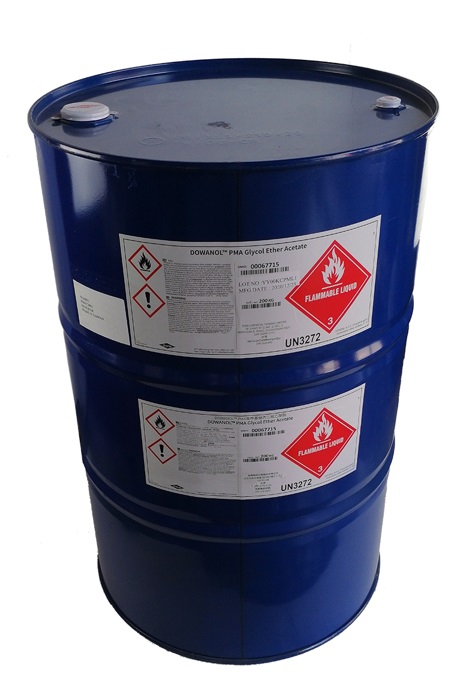
DOWANOL™ PMA
Glycol Ether
DOWANOL™ PMA glycol ether has the lowest viscosity of the entire line of DOWANOL™ glycol ethers (1.1 centipoise at 25oC), and it provides superb viscosity reduction. The remaining OH group in the glycol ether molecule is capped with an acetate group, which reduces its polarity and reduces the solvent’s viscosity. The acetate group also eliminates the reactive hydrogen from the OH group found in other glycol ethers; thus, DOWANOL™ PMA glycol ether is an excellent solvent choice for urethanes and other proton-sensitive systems.
DOWANOL™ PMA glycol ether is a relatively fast-evaporating glycol ether, and it sets a performance standard in highsolids, solvent-borne systems. It provides excellent active solvency for a very wide range of resin types, including acrylics, epoxies, alkyds, polyesters and many other.
Uses:
• Other Processing Aids for Displays
• Photoresist
• Thinner
• Other PCB Processing Aids
• Solder Resist Ink
• Edge Bead Removal and Thinner
• Other Semiconductor Processing Aids
• Automotive Coatings
• Coil Coatings
• General Industrial Finishing
• Marine Coatings
• Metal Packaging
• Powder Coatings
• Protective Coatings
• Inkjet
• Rotogravure
Benefits:
types, including acrylics, epoxies, alkyds, polyesters,
and more.
• Superb viscosity reduction
• Moderate evaporating
DOWANOL™ TPM Glycol Ether

DOWANOL™ TPM
Glycol Ether
Uses:
• Resins
• Coating formulation and application
• Industrial, automotive and architectural coatings
Benefits:
• Wide range of applications
• Extensive combination of physical and
performance properties
DOWPER™ SOLVENT
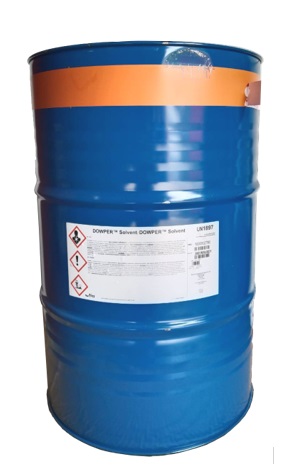
DOWPER™ SOLVENT
color fades, color is not bright and lose shape in some fabric. Dry cleaning will keep the fabric in its original condition and always looks new. Examples of fabrics that can be dry-cleaned include silk, wool, cashmere, etc. Some fabrics are dyed with water-soluble dyes and therefore, it cannot be washed in water. In addition, the fashion industry often uses multiple fabrics in a single garment, dry cleaning is a practical cleaning method for cleaning such garments.
Isopropyl Alcohol (IPA)
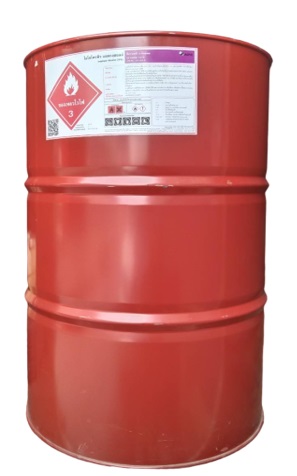
Isopropyl Alcohol (IPA)
Application:
lacquers, printing inks, adhesives, plastics, and
polishes.
• Used in the production process of paints, rubber, and
plastics.
• Used in making cosmetics and some types of
disinfectants.
• Used as a cleaning agent for molds and printing inks.
Monoethanolamine (MEA)
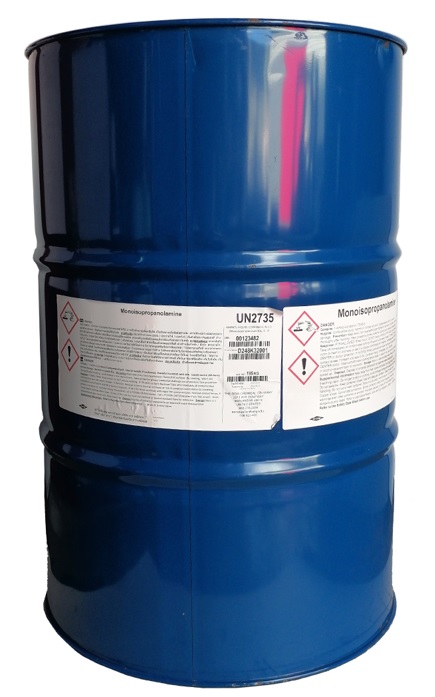
Monoethanolamine (MEA)
Monoethanolamine (MEA) offers a broad spectrum of application opportunities, primarily in detergents, personal care products, textile finishing and wood treating. Other applications include use as “downhole” in oil well chemicals and in metalworking to prevent corrosion, and as catalysts that promote stability during the reaction process in the manufacture of flexible and rigid urethane foams.
Applications:
• Detergents
• Cleaners
• Concrete admixtures
• Urethane foam catalysts
• Pharmaceuticals
• Personal care products
• Agricultural chemicals
• Photographic emulsions
Features and Benefits:
Detergents:
bath, which is essential to efficient cleaning.
• MEA is an effective oil and anti-redeposition
agent.
Personal Care:
emulsifiers for oil-in water emulsions such as
get-type industrial hand cleaners, aerosol shave
creams, and hand and body lotions.
Textile Finishing:
preparation of durable press fabric finishes
and softeners.
• When reacted to form amine soaps, useful as
scouring agents for wool and silk because of
its low alkalinity.
• Because it is hygroscopic, MEA is used in the
preparation of vat printing pastes.
Wood Treating:
(ACQ) and copper azole formulations for treating
wood to improve its resistance to pests and decay.
Both are arsenic-free alternatives to the phased-out
CCA formulations.
Normal Propyl Alcohol(NPA)
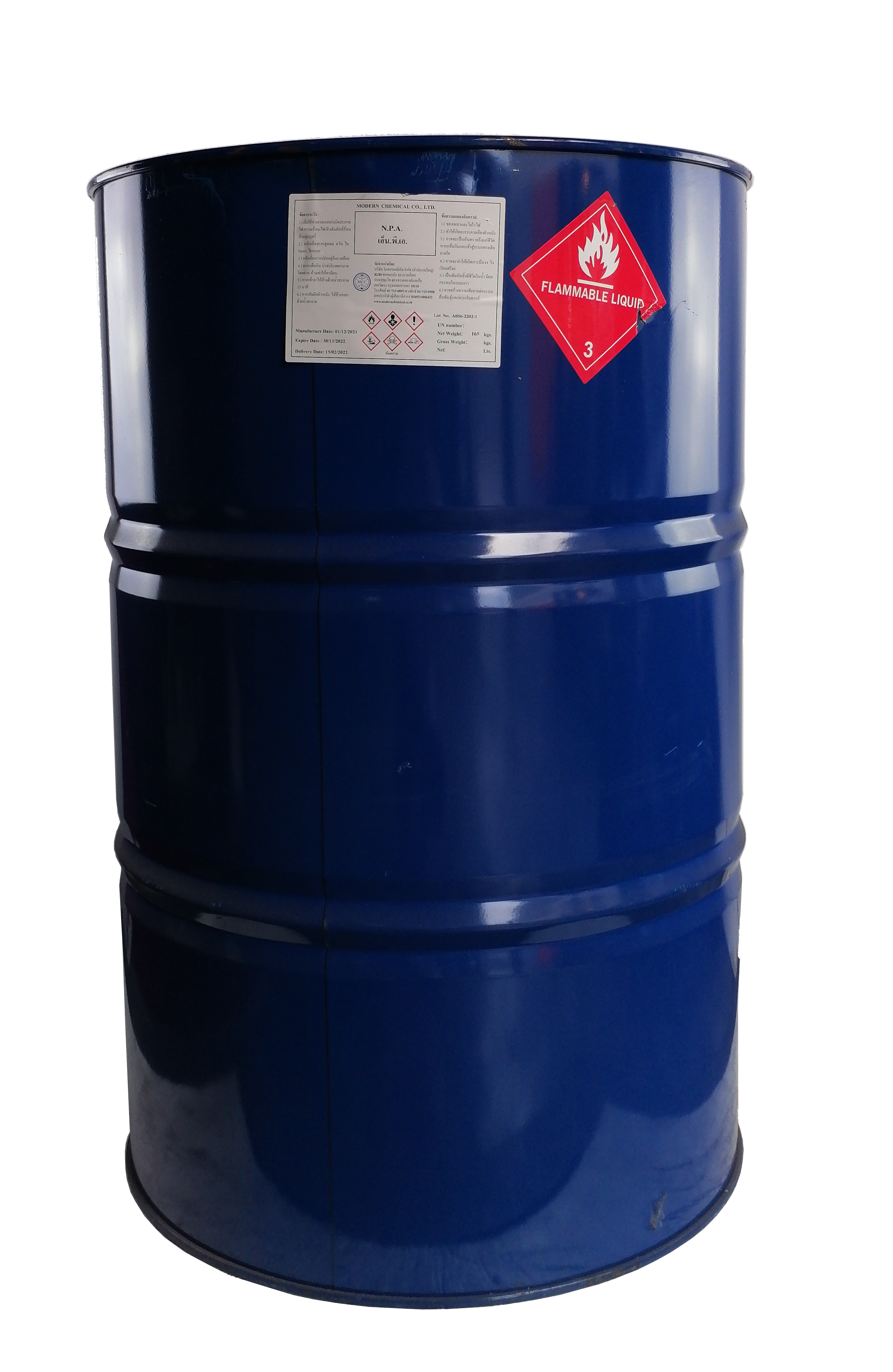
Normal Propyl Alcohol (NPA)
n-propylamine, di-n-propylamine, cleaning agent bromopropane and ethylene glycol monopropyl ether.
n-Propanol itself is also an excellent solvent and can be used as a special solvent for flexographic printing inks, especially for the printing of polyolefin and polyamide films.
REFINED GLYCERINE 99.5%
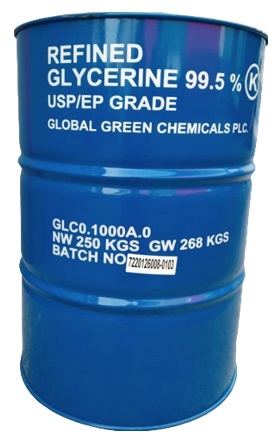
REFINED GLYCERINE 99.5%
Salicylate-MC
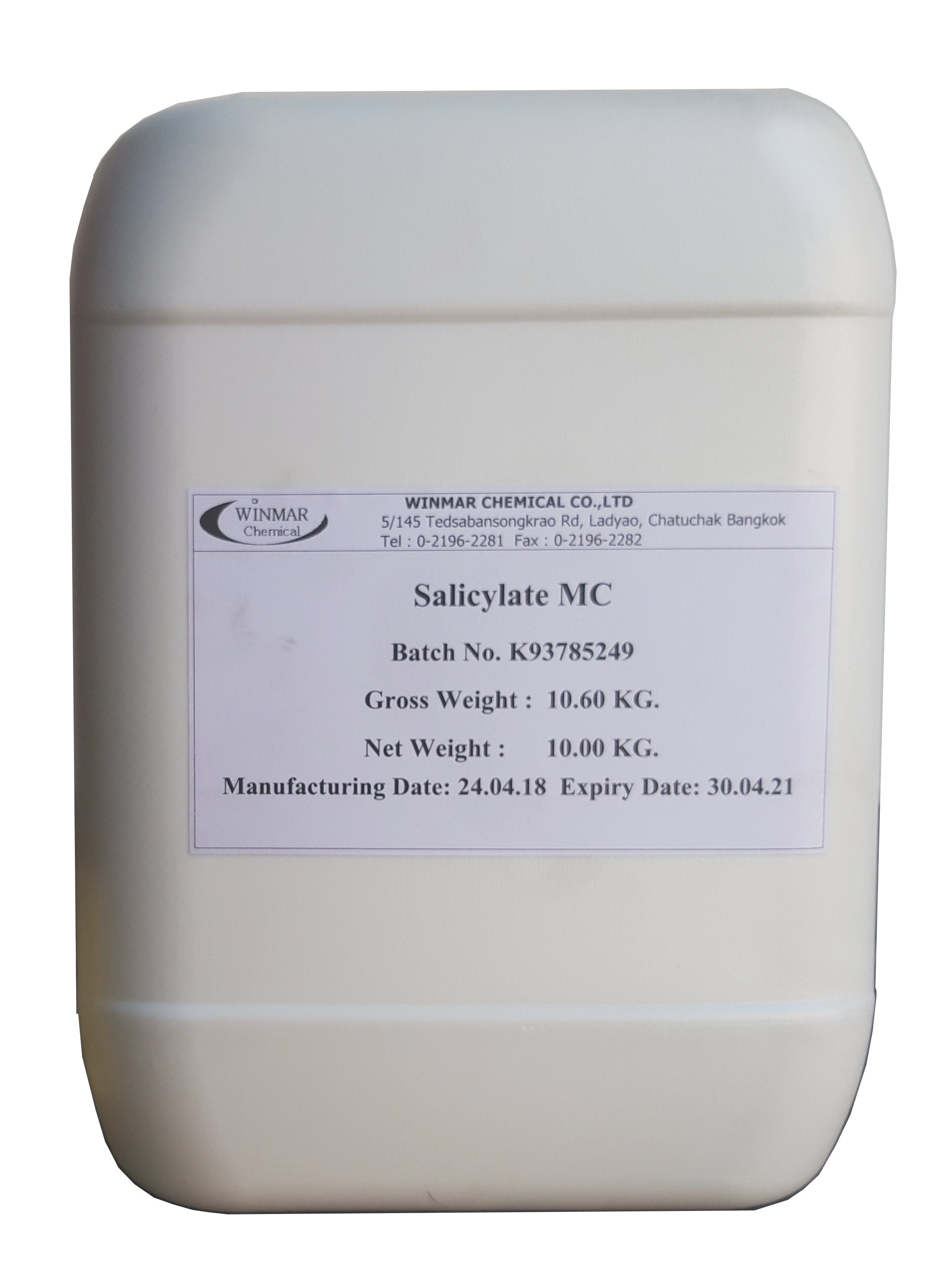
Salicylate-MC
Application and Benefits:
joint pain, muscle pain from stiffness or strain,
arthritic pain, bruising or back pain, etc.
2. Use to treat other ailments at the doctor's
discretion. Mechanism of action will stimulate the
nerve endings that feel heat - warm, causing the
body to reduce the response to pain relief.
3. In the study of pharmaceuticals, it was also found
that Salicylate-MC can correct against pain, swelling
and inflammation with a mild anesthetic effect.
4. It has a mild antibiotic effect. It can destroy bacteria
on the surface.
5. Use in the pharmaceutical industry, aspirin, and
disinfectants.
6. Use in other industries as an ingredient in various
products such as toothpaste, talcum powder, balm,
perfume, etc.
Triethanolamine (TEA)
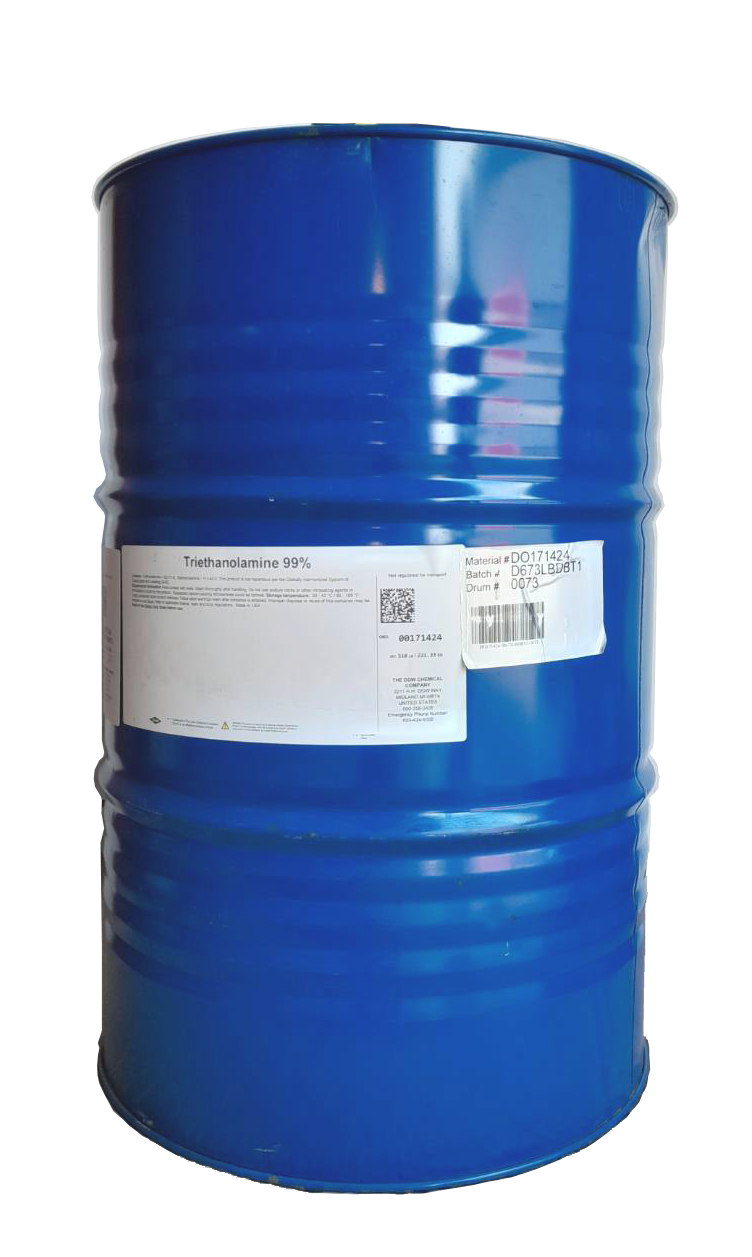
Triethanolamine 99% (TEA)
It is completely soluble in water and has an ammonia-like smell. Building block in the manufacture of triazine based corrosion inhibitors. It is commonly used as a cement grinding aid, and can be used in other applications as well.
Because TEA combines the properties of amines and alcohols, TEA exhibits the unique capability of undergoing reactions common to both groups. As an amine, TEA is mildly alkaline and reacts with acids to form salts or soaps. As an alcohol, TEA is hygroscopic and can be esterfied.
Applications:
• Detergents
• Cleaners
• Concrete admixtures
• Urethane foam catalysts
• Pharmaceuticals
• Personal care products
• Agricultural chemicals
• Photographic emulsions
Features and Benefits:
Detergents:
bath, which is essential to efficient cleaning.
• TEA is an effective oil and anti-redeposition agent.
Personal Care:
foaming base surfactant used in hair shampoos.
• Fatty acids neutralized with TEA are excellent
emulsifier for oil-in water emulsions such as gel-type
industrial hand cleaners, aerosol shave creams,
and hand and body lotions.
• TEA is also used as the base component in the
production of certain mild bar soaps.
Textile Finishing:
preparation of durable press fabric finishes
and softeners.
• When reacted to form amine soaps, useful as
scouring agents for wool and silk because of
its low alkalinity.
• Because it is hygroscopic, TEA is used in the
preparation of vat printing pastes.
• TEA is also useful in making acetate rayon dyes.
UCAR™ Ester EEP
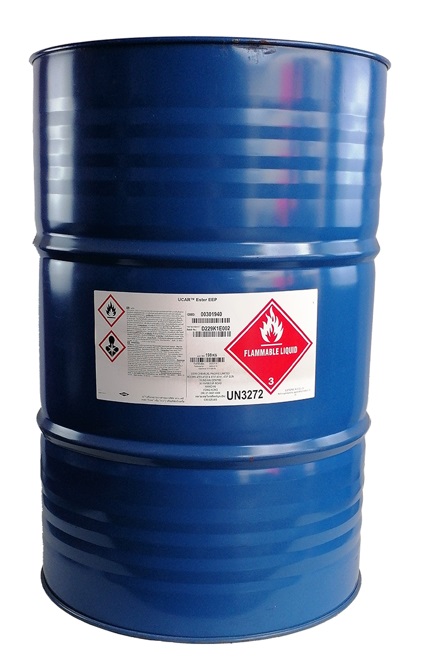
UCAR™ Ester EEP
Uses:
• Automotive refinish
• Cleaning fluids
• Printing inks
• Solvents for cosmetics/personal care products
• Fragrances
• Polymerization solvent for high solids acrylics resins
• Semiconductor Processing Aid
• Formulated Cleans
• Edge Bead Removers
• Solvent Thinners
Benefits:
• Effective viscosity reduction
• Improved solvent diffusion
• Strong solvency
• Proper volatility
• Favorable odor characteristics
• High electrical resistivity
UCAR™ n-Pentyl propionate
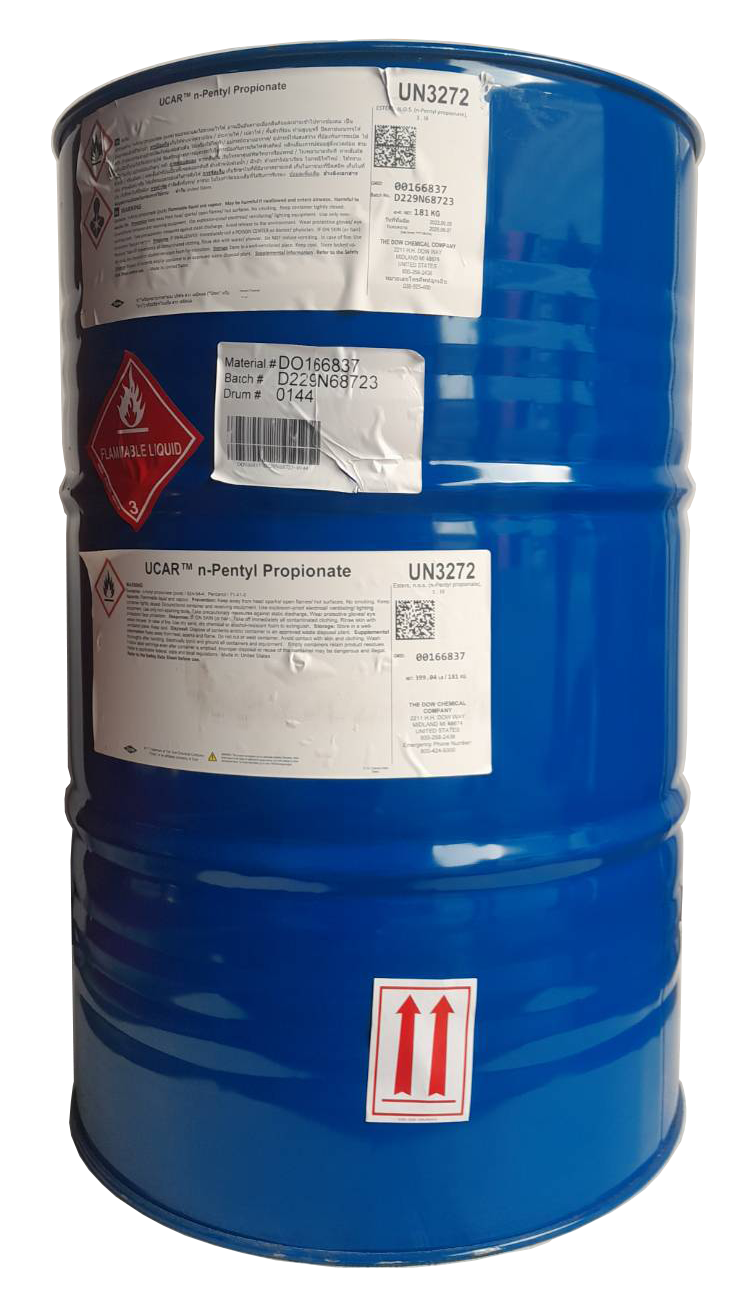
UCAR™ n-Pentyl propionate
n-Amyl Propionate Propanoic Acid, Pentyl Ester
Features:
• Strong solvency in high solids coatings.
• Proper volatility for high solids coatings and printing
inks applications.
• Linear structure giving faster diffusion through
coating and ink films.
• High electrical resistivity for electrostatically sprayed
coatings.
• Mild odor.
• Slow evaporation.
• High boiling point and good chain transfer activity.
• Possible excellent replacement for oxo-hexyl acetate.
Applications:
• OEM coatings
• Appliance coatings
• Cleaning fluids
• Cosmetic/Personal care solvent
• Fragrance solvent
• Printing inks
• Polymerization solvent for high solids acrylics resins
White Oil (Mineral Oil)
